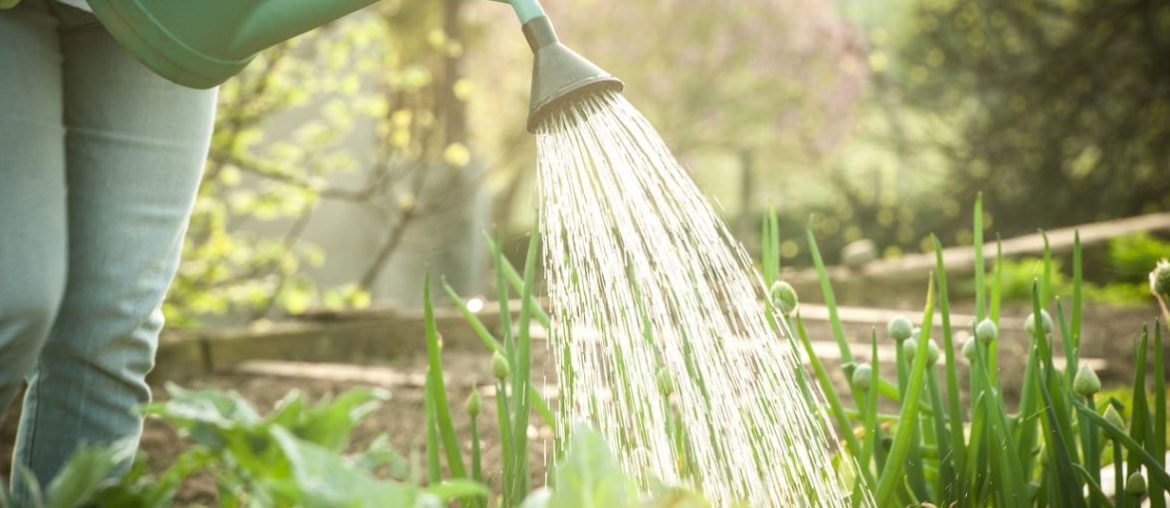As soon as the heat wave or the summer heat sets in, watering your plants to feed them is essential. However, you have to remain cautious and know how to proceed to obtain a result that meets your expectations. To know when and how to water them, follow our advice!
When are the best times to water in hot weather?
The first rule is to never water when the plants are in full sun and during the hottest hours of the day. This is an instruction that you must absolutely respect for various reasons:
- Water evaporates very quickly under direct sunlight and very high temperatures.
- The droplets that form on the foliage of the plant are bound to attract the sun’s rays and they may burn the plant.
Water your garden in the evening or very early in the morning, when the heat is less excessive and the sun is less strong.
Early in the morning, the sun’s rays are less powerful since it wakes up. But this is not the only reason to water at this time, it is indeed also the one during which the chlorophyll activity starts.
In spring, the lawn is preferably watered in the morning, this prevents it from gorging itself with water.
In the evening, around 8 p.m. or after, it is also a great time to water, especially during a heatwave or hot days. This limits water evaporation and allows water to effectively penetrate the soil.
Efficient watering of your plants in the heat
The golden rule : water well to provide plenty of water, but no need to water too often.
Indeed, too frequent watering could cause a proliferation of diseases and watering in excess contributes to impoverish the soil. In addition, if you water too often, your garden will be more and more demanding and it will be in perpetual demand, which does not argue in favor of saving water.
There are two ways to water:
- In drip, and at the root.
- Either in more abundant watering once or twice a week.
The nature of the soil must also be taken into account. The heavier your soil, the more watering should be abundant, but less frequent. On the contrary, a lighter soil likes to be watered in less quantity, but more often.
And in the event of a heat wave, how to proceed?
During these very hot days and nights, it is better to water from the neck rather than with an apple watering can. This allows the water to be diffused directly at the foot of the plant. You thus limit the development of weeds and the proliferation of slugs. In addition, you save water.
On the other hand, concerning vegetables such as salads or cabbages and seedlings, it is preferable to opt for watering by sprinkling.
It is also necessary to take into account the quality of the water for a good watering. All plant species accept city water perfectly, on the other hand, with pond, well or river water, plants dry out more easily and the soil can even harden.
The easiest way is to install a rainwater collector. It is also necessary to hoe the foot of the plants so that the water penetrates more easily to the roots.
Annuals and some other plants require more water than perennials, so take this into account when watering.
Protect your plants from the hot sun
The easiest way is to place them in the shade, this is the case if you have a terrace or a balcony, especially as in pots, the heat is more important. Garden soil acts as a thermal regulator. Placing your most sensitive plants along a wall helps protect them.
Mulching the soil is also a good solution. Use straw, small pebbles, lawn mowing, newspapers, pine bark. You protect the soil from direct sunlight, prevent weeds and retain the soil’s natural moisture.
Read also :








